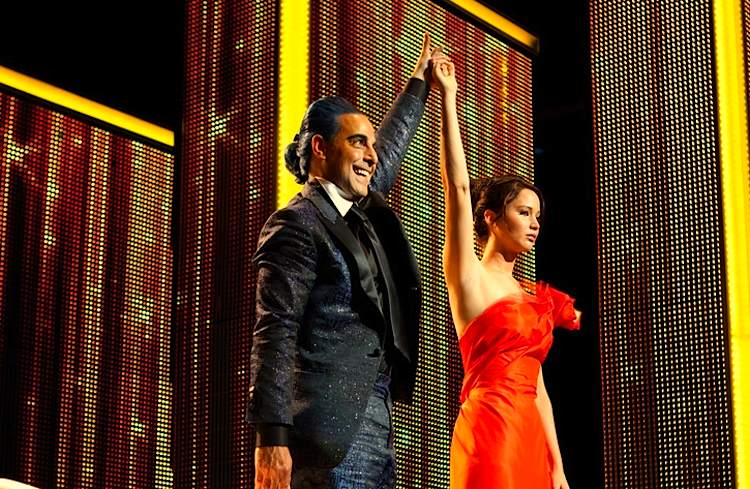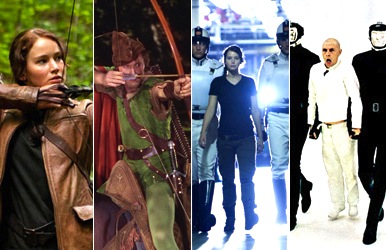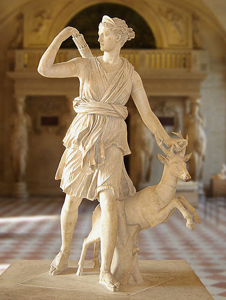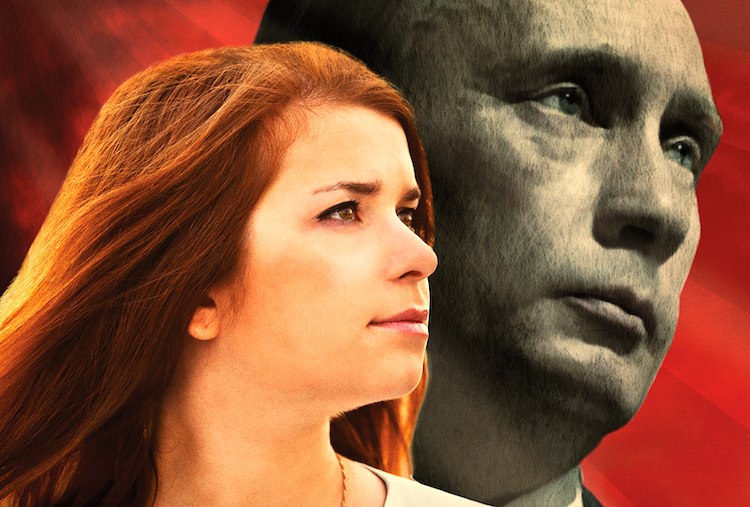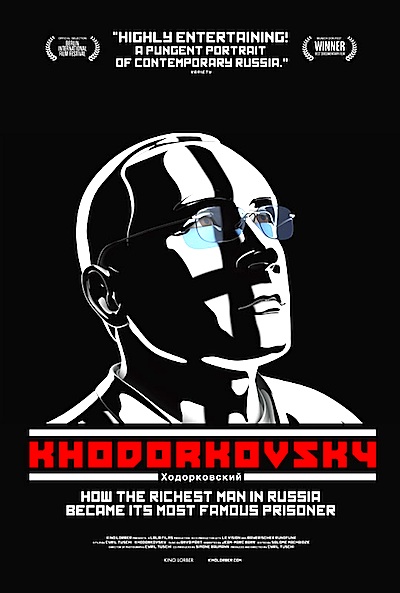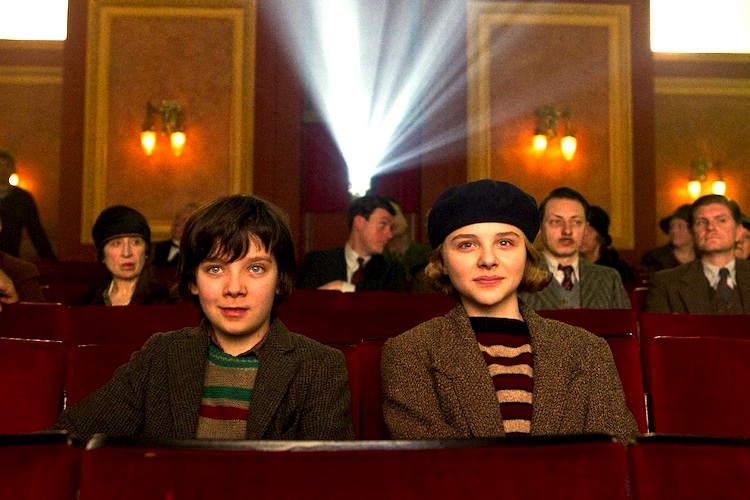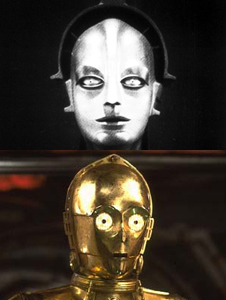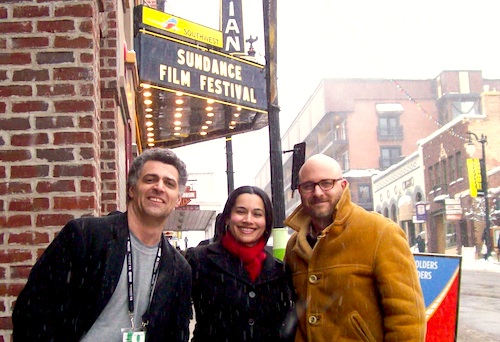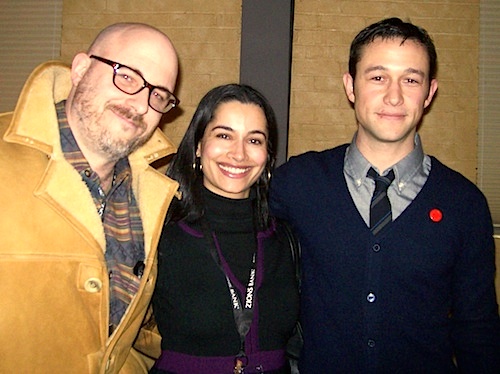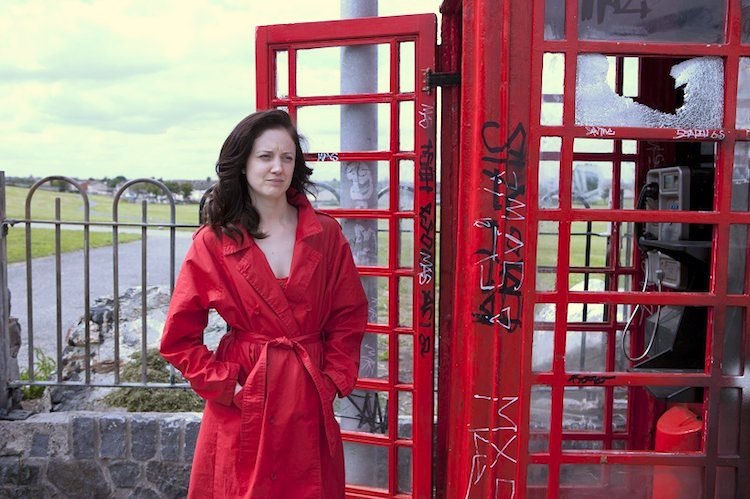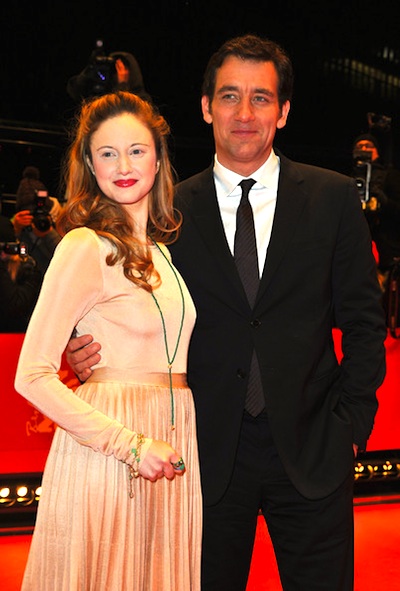By Govindini Murty. Cat owners through the ages have pondered the pressing question: where do their furry feline friends go all day? Seth Keal’s charming Tribeca short film CatCam documents the efforts of a German engineer named Juergen Perthold to solve this very question. Juergen lives in South Carolina and adopts – or is rather, adopted by – an insouciant stray tabby cat whom he names Mr. Lee. Mr. Lee disappears for hours and sometimes days on end, and yet mysteriously returns not hungry for food.
Determined to find out where Mr. Lee is going on his adventures, Juergen devises a small camera that dangles from the cat’s collar, and activated by motion, takes periodic photos of what the cat sees. The results are remarkable. The photos reveal that Mr. Lee leads an active life roaming through the neighborhood and into the nearby countryside – encountering a busy network of cat friends (and the odd cat foe) along the way. Juergen posts his cat’s story and photos online – and soon Mr. Lee is an internet sensation.

Fans write from around the country asking how they can buy a version of Juergen’s camera so they can see what their own cats are up to. International media pick up the story of the auteur cat who takes pictures. A prestigious European photography contest even awards Mr. Lee a prize for his daringly composed, impressionistic photos. This leads to a heated controversy in Europe over whether there is an “intentionality” behind Mr. Lee’s photos – an “artistic eye” that entitles him to be deemed “a photographer.” Ultimately, Mr. Lee is more interested in the shrimp served in his silver prize cup than in the prize itself – showing that despite his celebrity, he still has all four paws firmly planted on the ground.
Definitely recommended and recently the winner of the documentary short jury prize at SXSW, CatCam can be seen at future screenings to be detailed on the film’s website.
LFM GRADE: A
Posted on May 14th, 2012 at 1:30pm.
